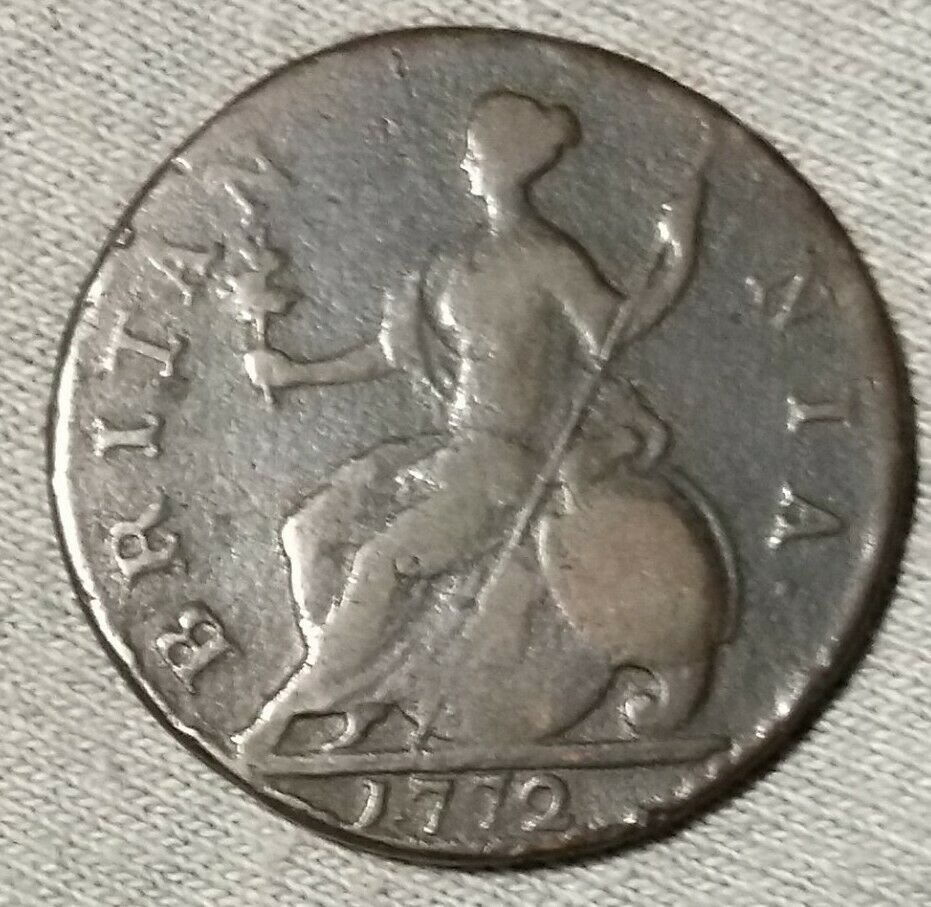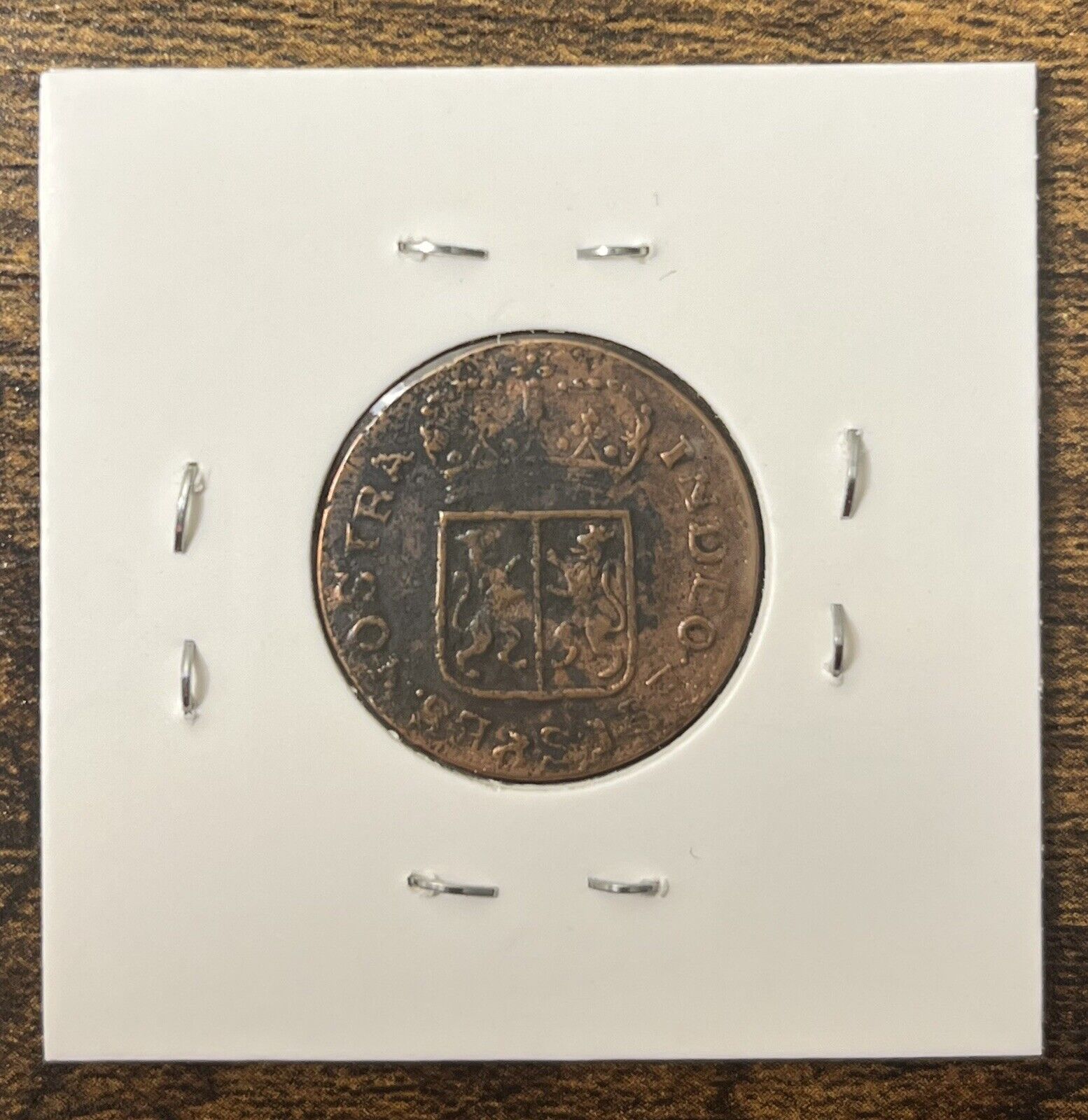-40%
1795 GEORGE WASHINGTON NORTH WALES HALFPENNY-SCARCE
$ 396
- Description
- Size Guide
Description
1795 GEORGE WASHINGTON NORTH WALES HALFPENNY. VERY NICE COIN WITH RICH CHOCOLATE COLOR UN-DAMAGED SLIGHTLY WEAK STRIKE AS ALL ARE TO RESEMBLE ACTUAL WEAR WHEN MANUFACTURED. A VERY SCARCE COLONIAL COIN.Like most of the Washington pieces the North Wales token is considered to have been minted in Birmingham, quite probably at the mint owned by William Lutwyche. Cobwright has die linked this token to a large series of tokens associated with Lutwyche. However, the Birmingham origin and the obverse bust of Washington appear to be the only similarities between the North Wales token and the rest of the Washington series.
The obverse of this undated and undenominated piece contains a bust left portrait of Washington with the misspelled motto "GEORGEIVS WASHINGTON" while the reverse displays the crowned Irish harp with the legend "NORTH WALES". The token was struck on a thin planchet using rather shallow dies so the product would look worn at the time of minting. The misspelling , the thin planchet and shallow dies are evidence these coins were produced as evasion halfpence. Further, most extant examples shows several die cracks on the obverse, indicating a poorly prepared die. Also, the use of GEORGEIVS is reminiscent of the royal GEORGIVS, while the Irish harp was a familiar reverse found on evasion Irish halfpence.
It appears this token was not produced for the collector's market or for sale or use in America but rather was minted as a British evasion halfpence for local use. If it was produced for American the misspelling and other evasive elements would not have been necessary. As an evasion issue contemporary information on the manufacturer and date of issue would have been suppressed by the minters. The pieces are often dated ca. 1795 as Baker lists them immediately after the Grate Halfpenny and the Liberty and Security series of 1795. Recently Alexander has listed the North Wales token as ca. 1792, possibly suspecting it was more or less contemporary with the 1793 Ship halfpenny and the 1791 backdated Liverpool halfpenny (of 1793).
The pieces are found in at least three or possibly four varieties. The most common form is made of copper, as described above, with a sixfoil (that is, a six petal rosette sometimes less accurately called a star) on either side of the base of the harp and a plain edge. Breen divides this variety by planchet size stating some are on a medium planchet of 97.5 to 111 grains while others are on a small thin planchet of 91-19.6 grains. Cobwright has obversed two distinct planchet types which he distinguishes as a variety with a raised rim and another variety with a flat rim. A second rarer variety (with less than 10 examples known) is made of brass and has a lettered edge "PAYABLE IN LANCA LONDON OR BRISTOL" while a third very rare copper variety has a plain edge and contains two sixfoils on either side of the base of the harp (that is a total of four rather than two sixfoils). Pictures of the four sixfoil variety are rather poor in most guidebooks, the best illustration is in the Roper auction catalog (the same coin is in Breen but in a poorer quality photograph). A fourth variety with a bust facing right portrait was mentioned by Baker in 1885 but no example has ever been located.
According to Breen the reverse dies used for this token were muled with other tokens attributed to Lutwyche, however no examples are mentioned. Cobwright states the rare reverse containg four sixfoils was also muled with a Thomas Seymour obverse (A.443, Cobwright T.0030/N.0240), which he links directly to the token halfpenny of William Mighells (Dalton and Hamer, Sussex, 11). Breen suggests the reason no obverse mulings have been located is that he suspects the obverse die, which shows several die cracks, broke during use.










